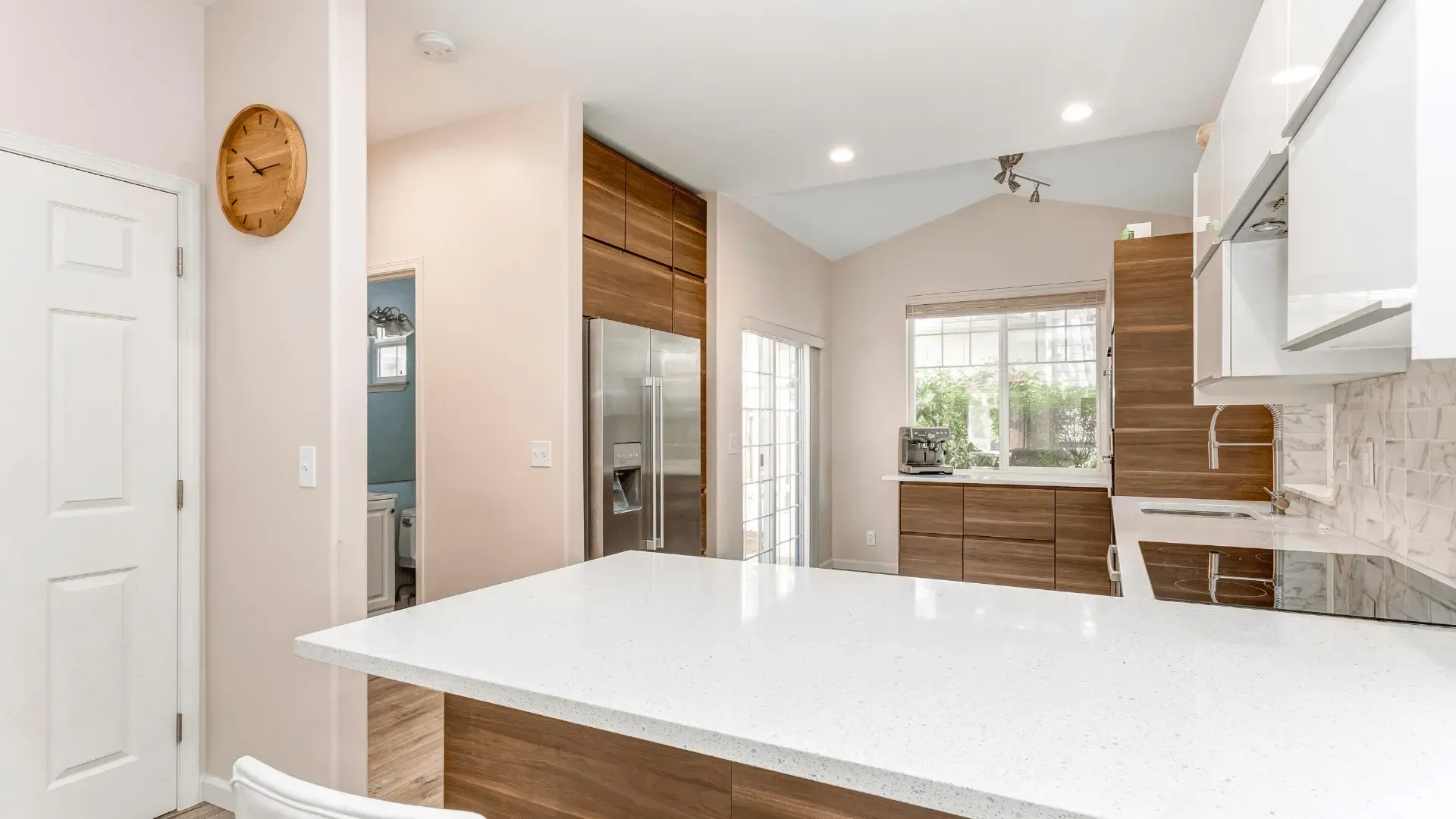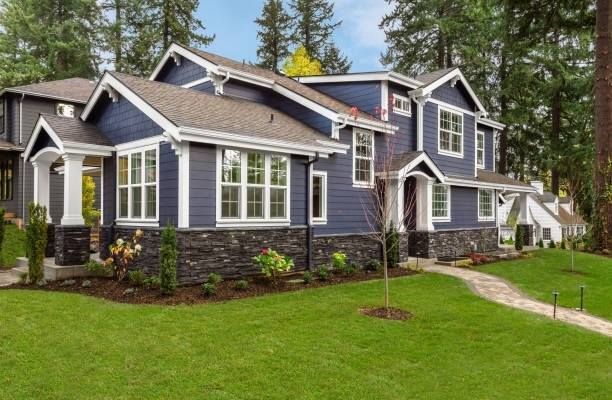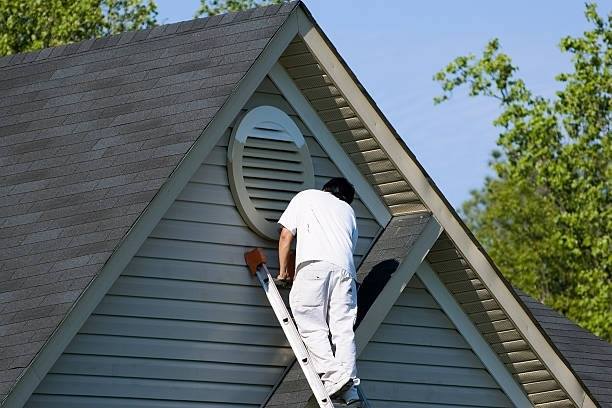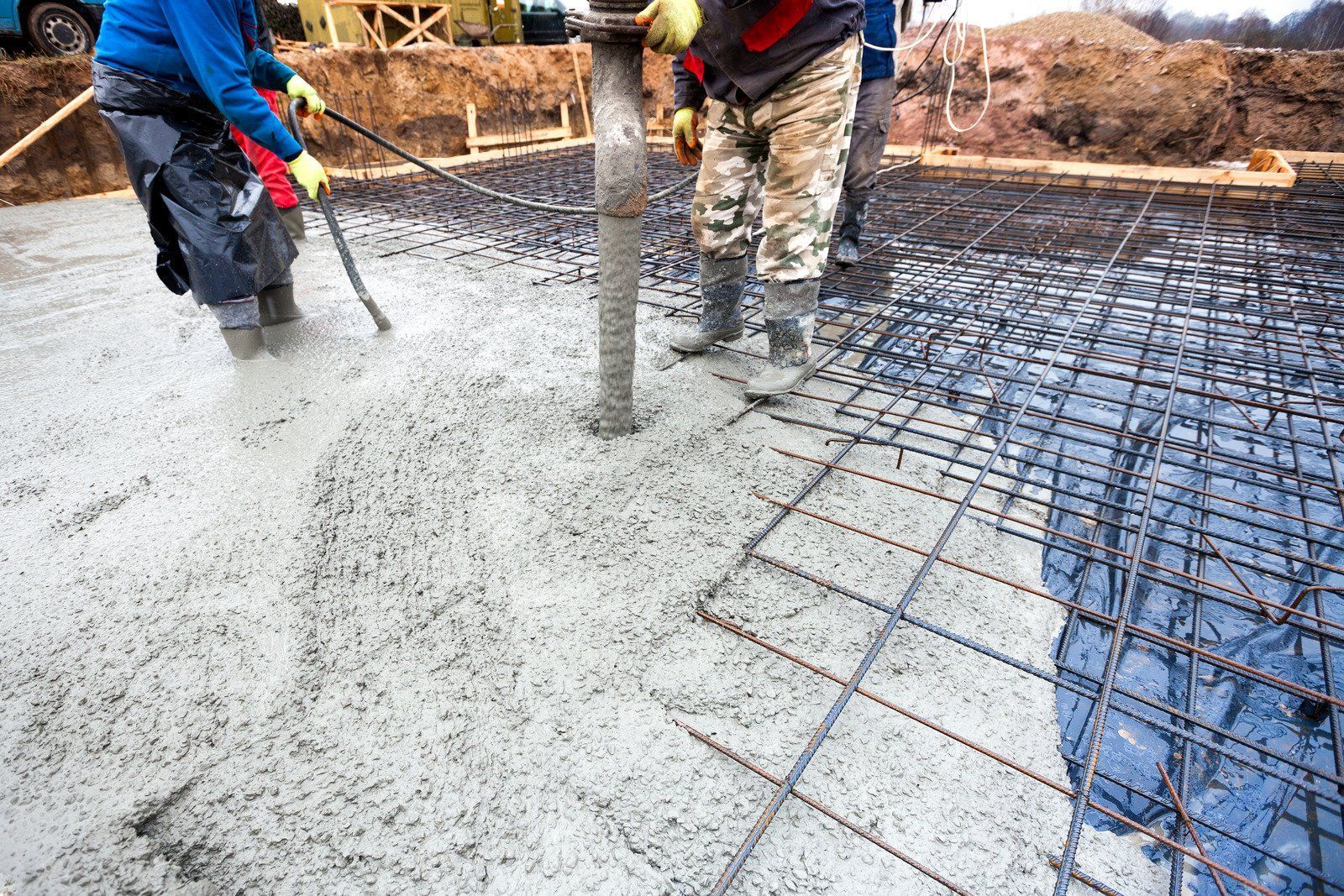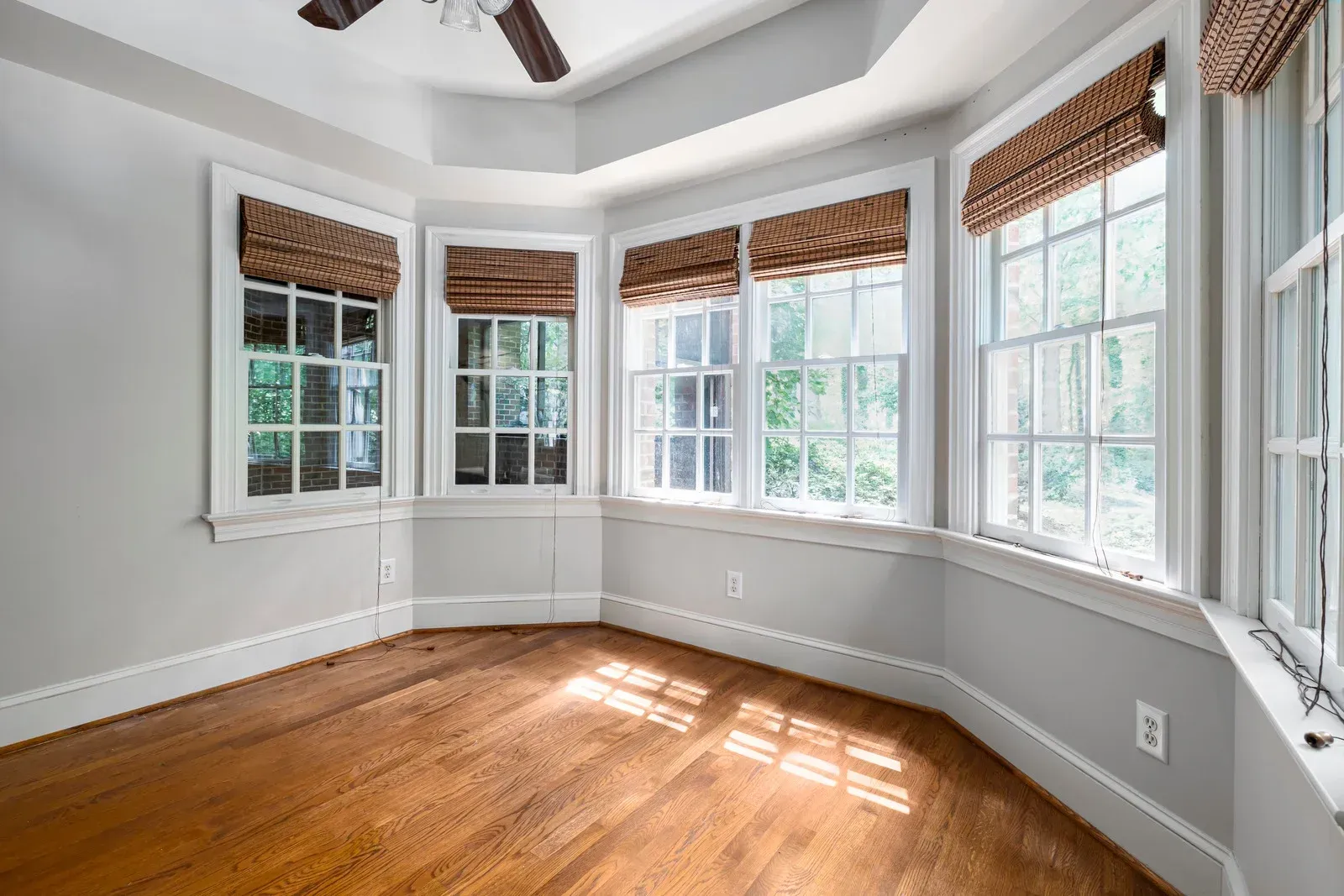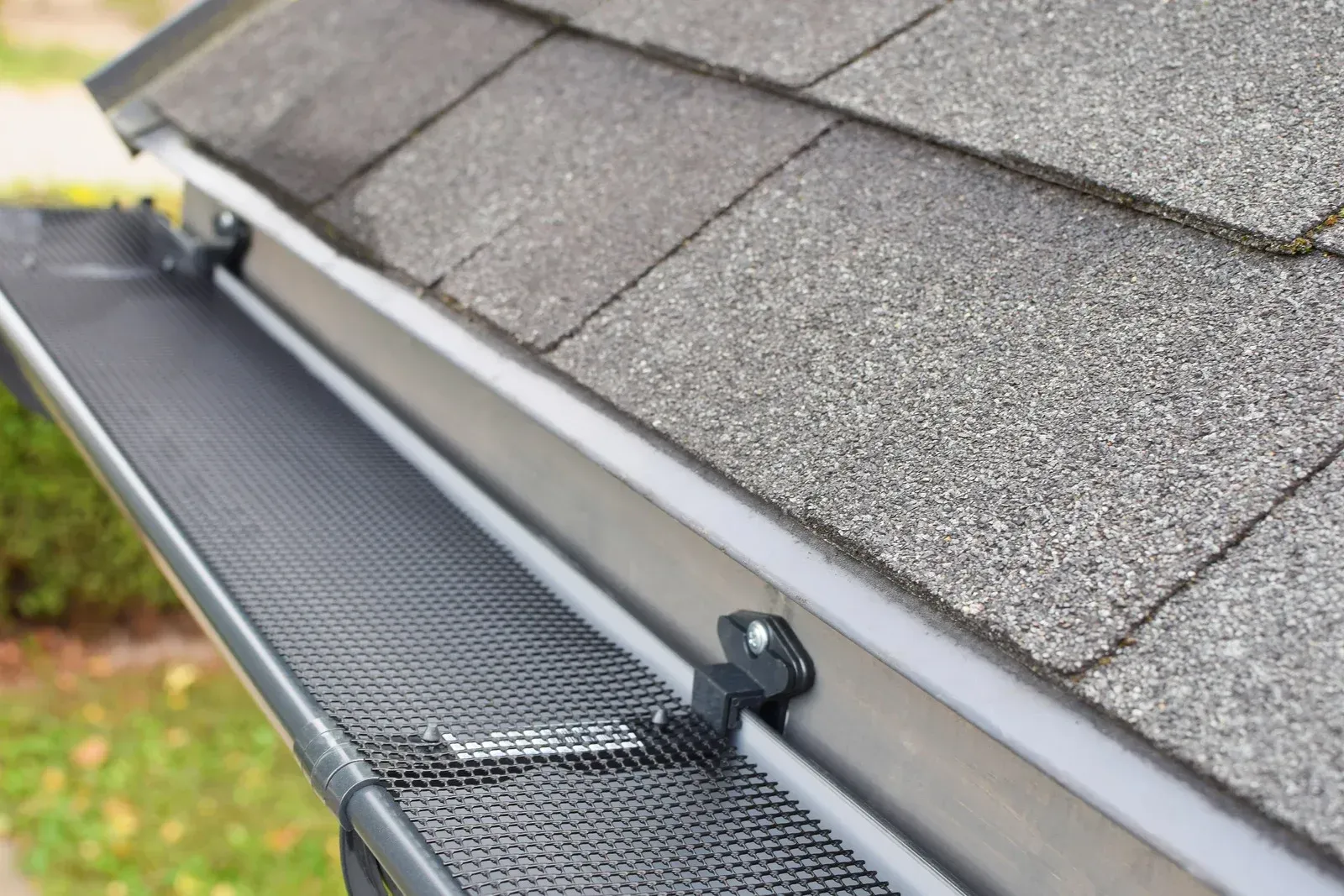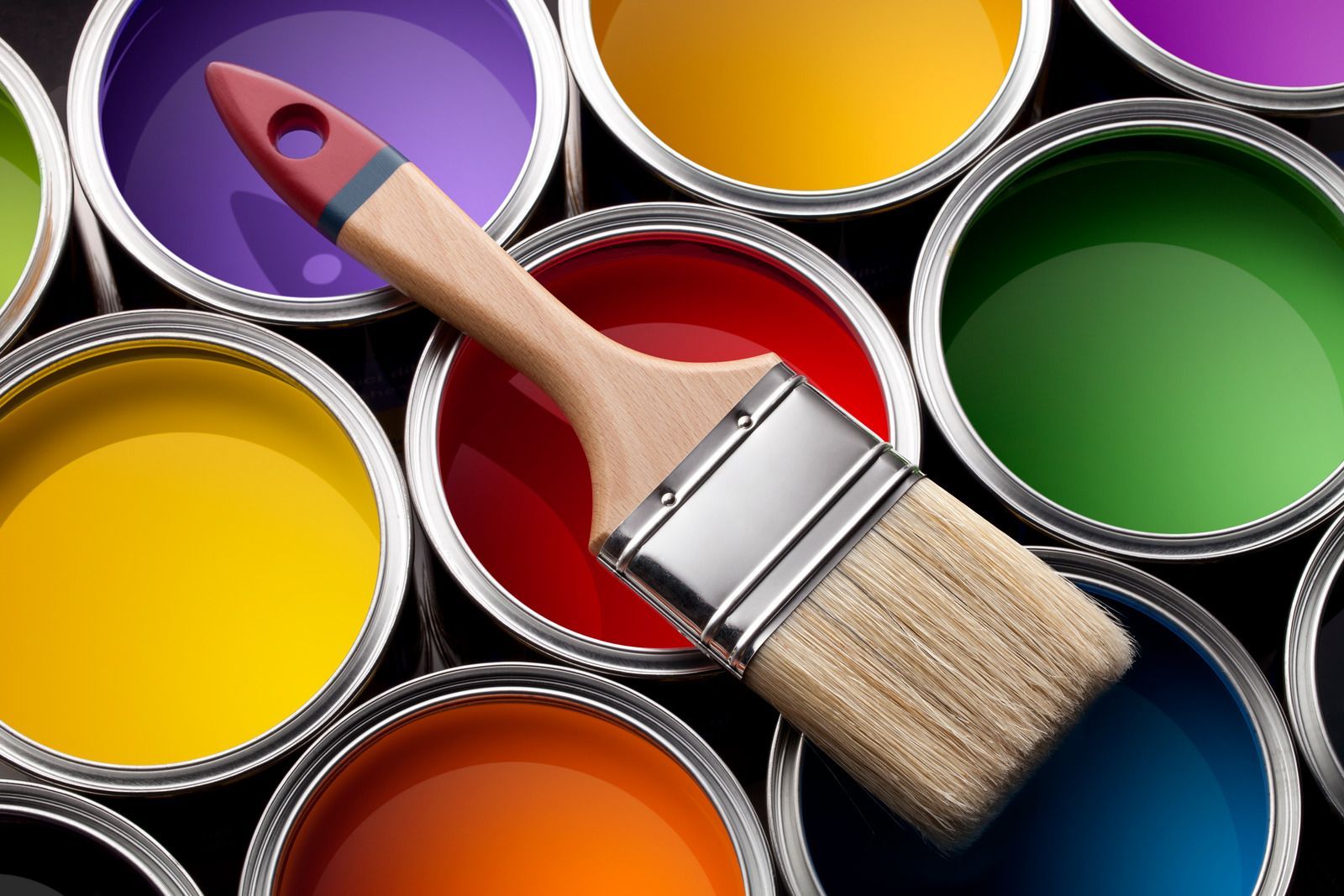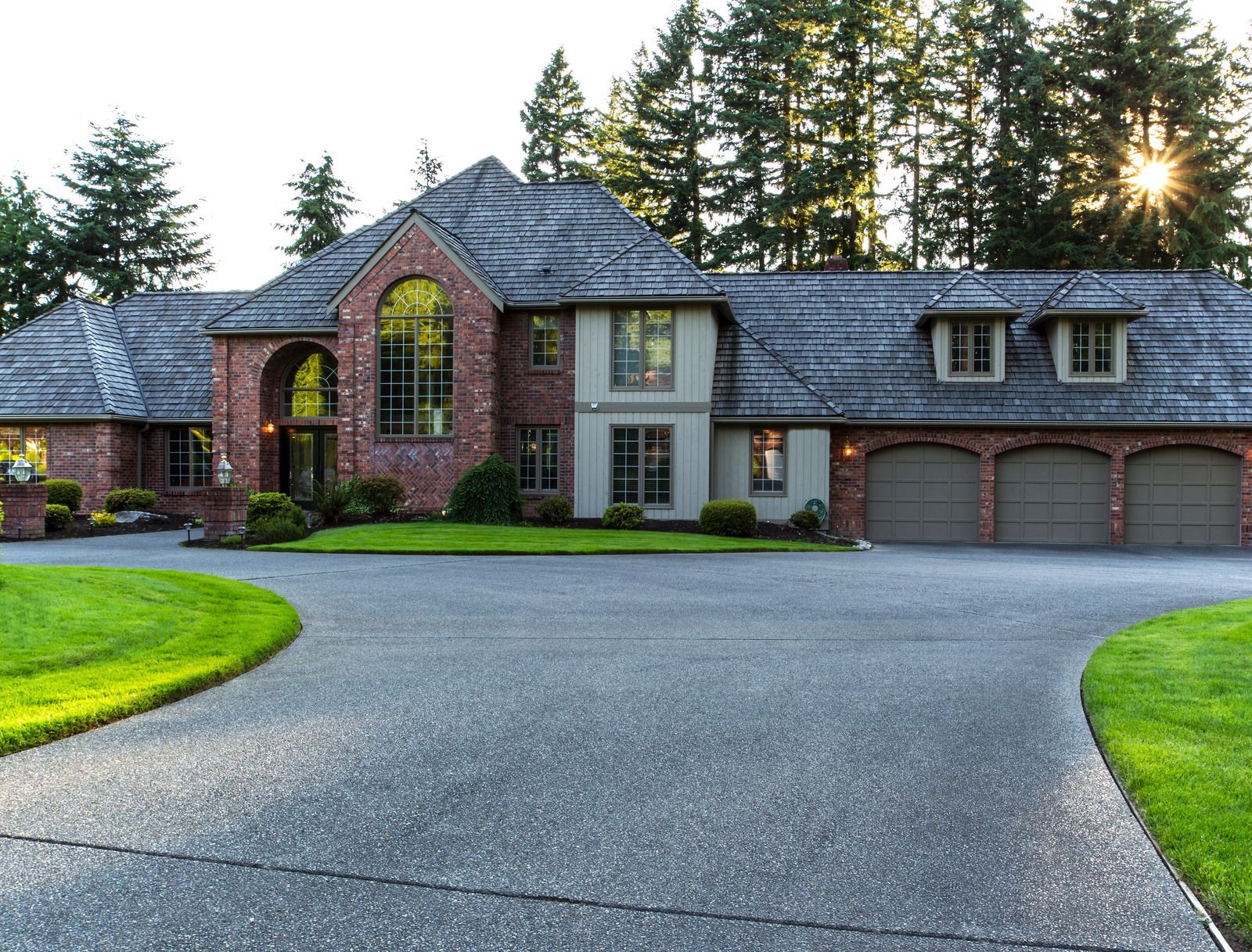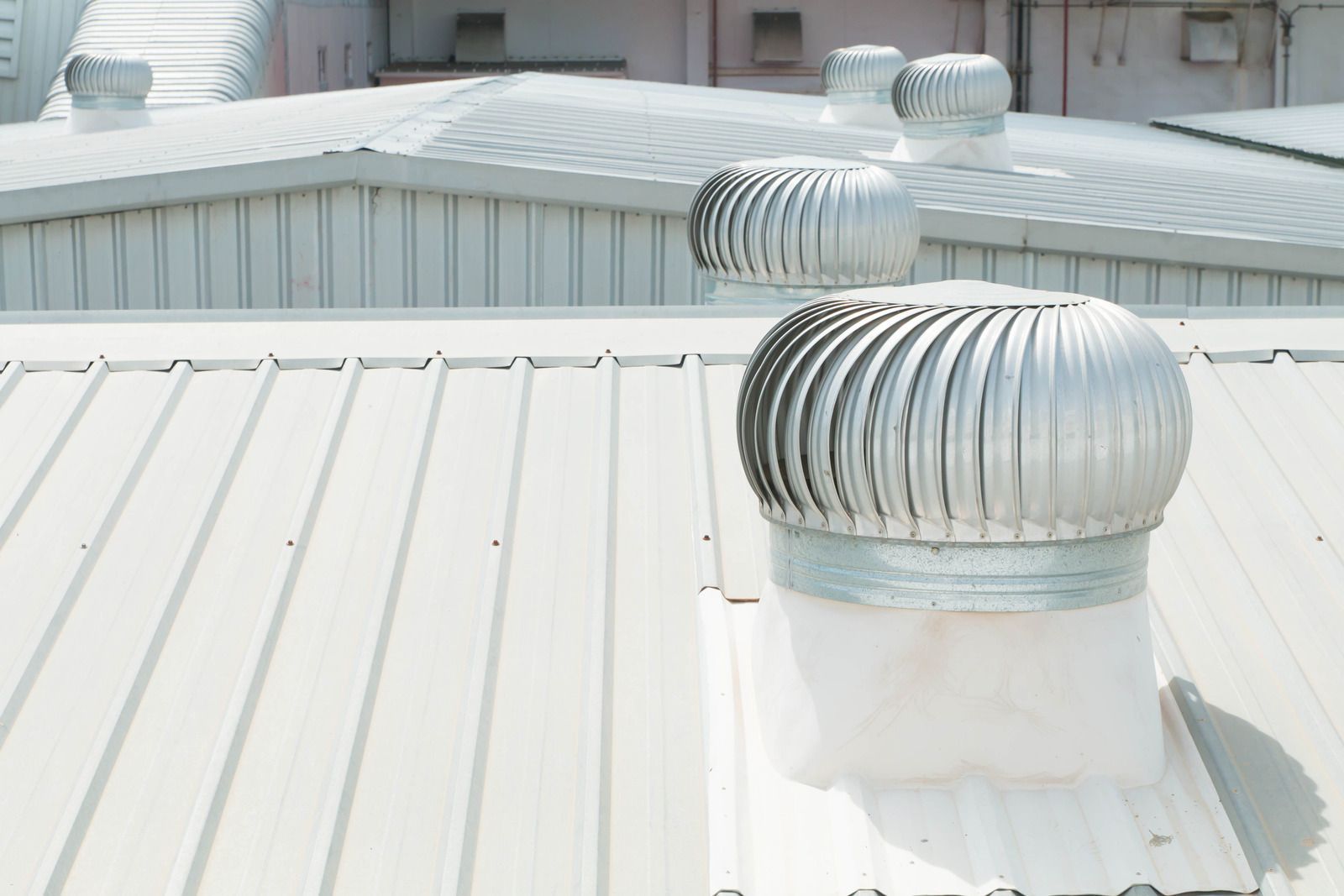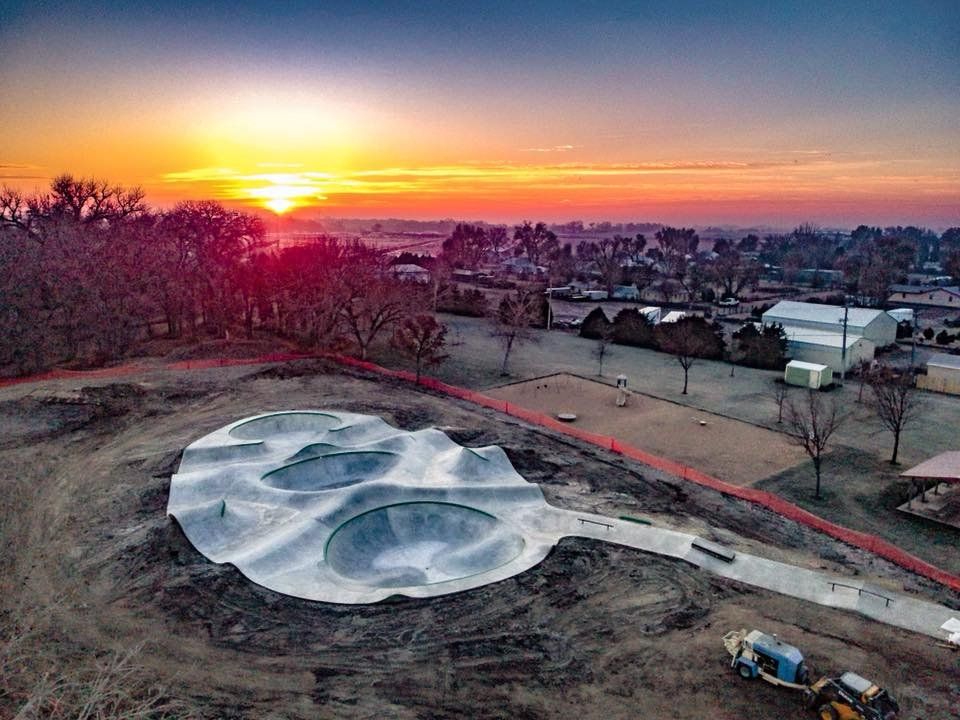Multifamily Construction: Trends and Innovations in the Industry
There is a rise in the multifamily construction industry, and it is evolving. The concept of many families living under the same roof has taken care of the problem of lack of space. Urbanization and the changing population have resulted in a vast increase in highrise and apartment projects. There are various builders and developers who are investing in these projects and thinking of new ways of getting people to opt for this new trend. Newer technologies are taking up space within such projects so that the needs of residents can be taken care of in a better way. Let us look at some of the trends that we get to see in the multifamily construction industry.
Emerging Trends in Multifamily Construction
Sustainability and Green Building
People are now planning to incorporate energy-efficient features like solar panels, LED lighting, and high-efficiency appliances. The need to be environment-friendly is becoming increasingly common. The implementation of water-saving measures such as low-flow fixtures and rainwater harvesting systems is essential so that the development can be sustainable. Using environmentally friendly materials like recycled content, bamboo, and reclaimed wood can reduce the project's carbon footprint.
Smart Home Technology
Smart home technology, like voice-activated assistants, smart thermostats, and smart locks, are now being used. This offers residents great convenience and gives them control over their space. The Internet of Things has taken the market by storm, so much so, that there could be devices that are connected and systems within the building to improve every aspect, from security to energy efficiency.
Modular Construction
Modular construction is not like traditional methods of construction. The latest kind of construction means that the different parts are manufactured in factories where the process and situation are controlled. These manufactured parts are then assembled together at the site. This kind of construction method, where everything is readied and then put together on the site, saves time, reduces waste, and improves quality control. People can customize every element, and there is more flexibility in designing.
Mixed-Use Developments
The same building where people are residing might have commercial spaces like banks, offices, and even hotels. The community created as a result is vibrant. Every amenity is within reach and this is attracting a lot of residents. Combining residential units with commercial spaces creates walkable communities. This mixed-use kind of development can raise property value and attract a diverse range of residents and businesses.
Innovations in Construction Technology
BIM software allows for 3D visualization and coordination of design, construction, and maintenance processes, improving efficiency and reducing errors. Drones can be used for site surveys, inspections, and progress monitoring, while robots can assist with tasks such as bricklaying and painting. The development of new materials with enhanced properties, such as self-healing concrete and lightweight building components, can improve durability and sustainability.
Challenges and Opportunities
While the multifamily construction industry is experiencing significant growth, there are challenges to address. The increasing cost of materials, labor, and land can impact project profitability. Trying to understand the various complex regulations and permitting processes can delay project timelines. Opposition from local communities can hinder development projects, particularly in densely populated areas.
The multifamily construction industry is undergoing a period of rapid transformation. By embracing sustainability, smart home technology, modular construction, mixed-use developments, and affordable housing initiatives, developers can meet the evolving needs of residents and investors while contributing to positive urban development.


